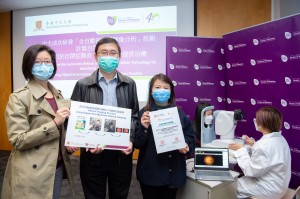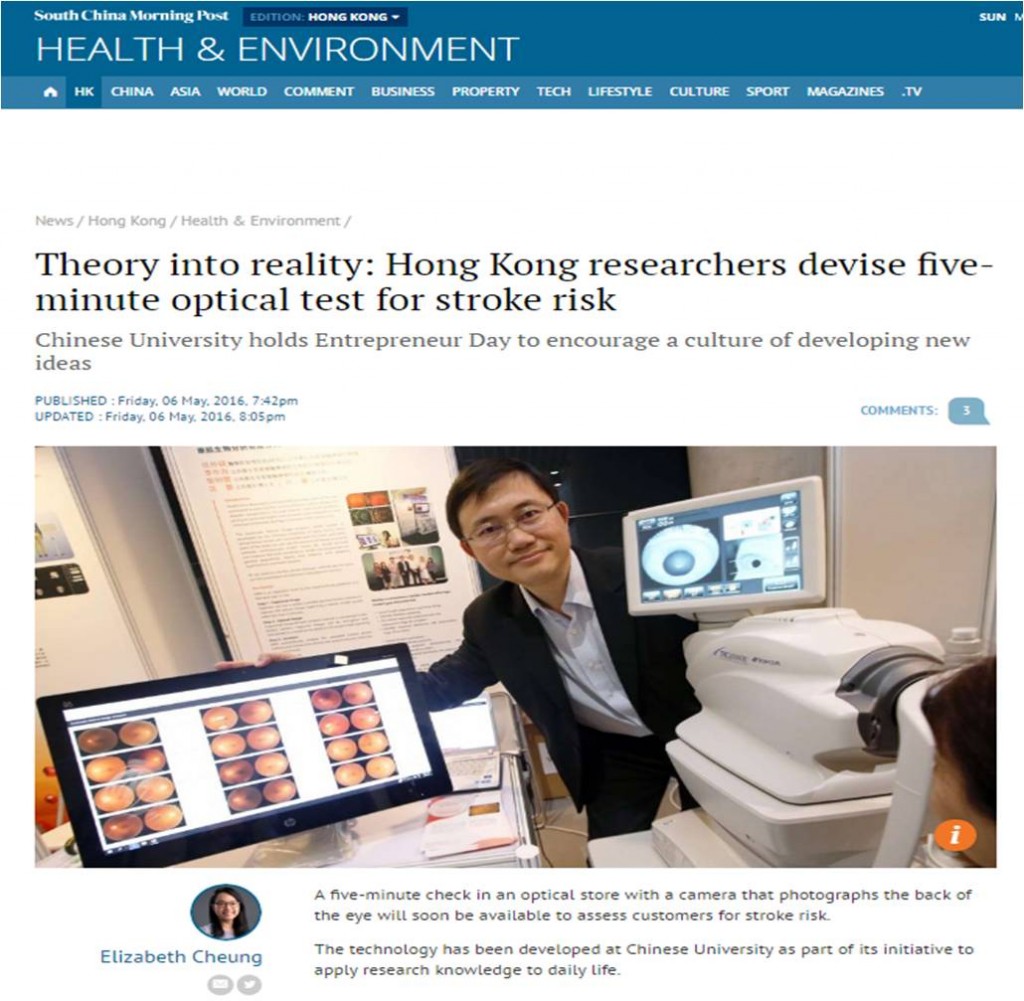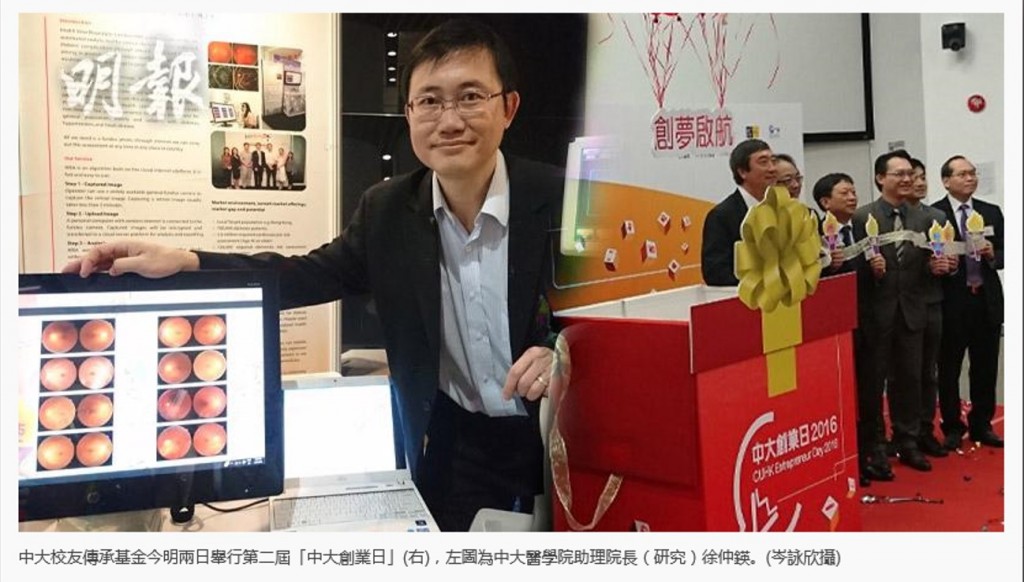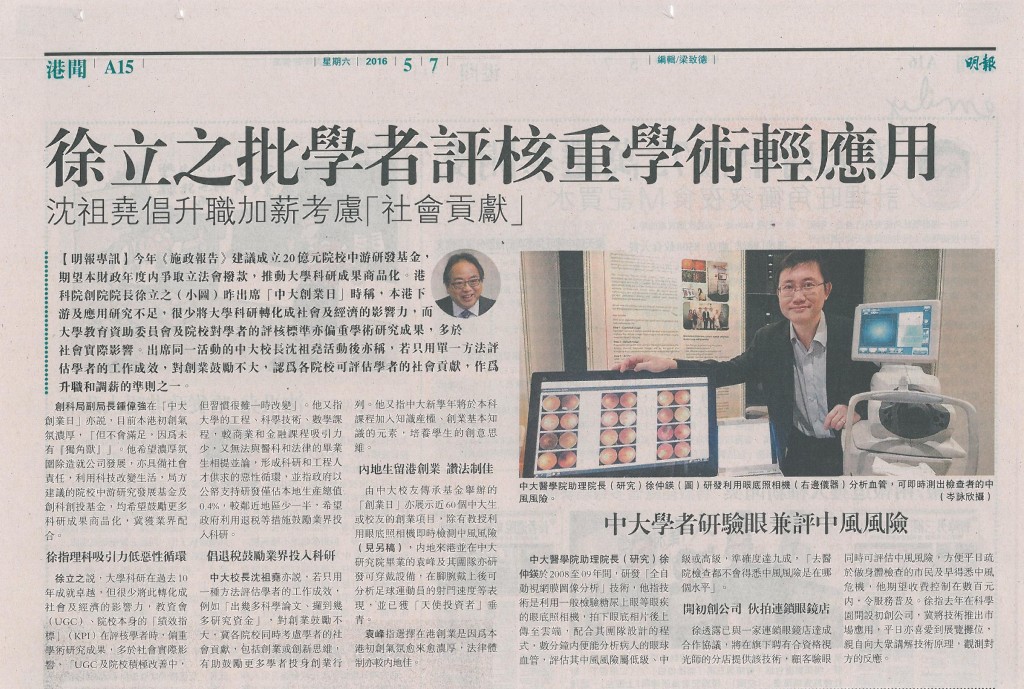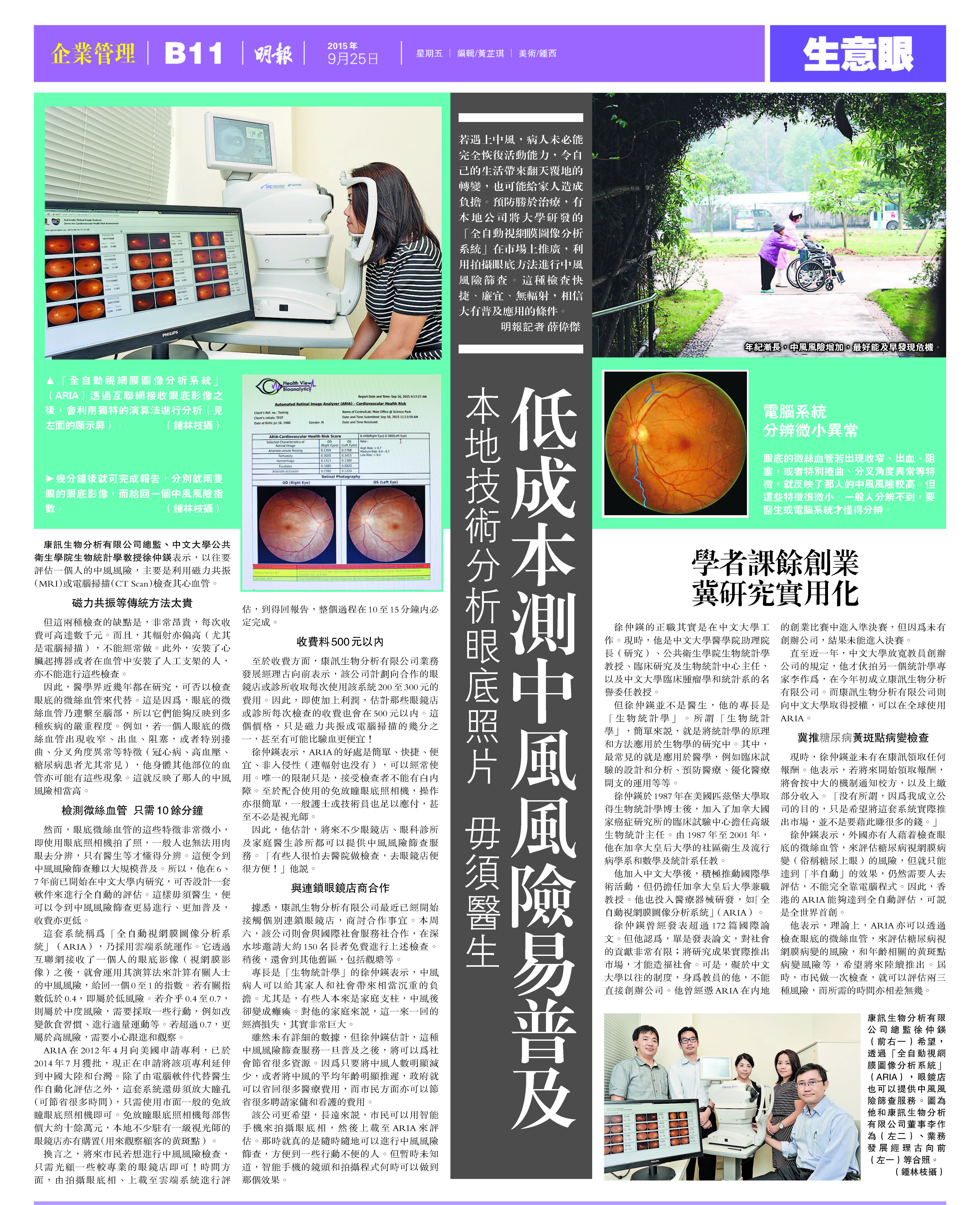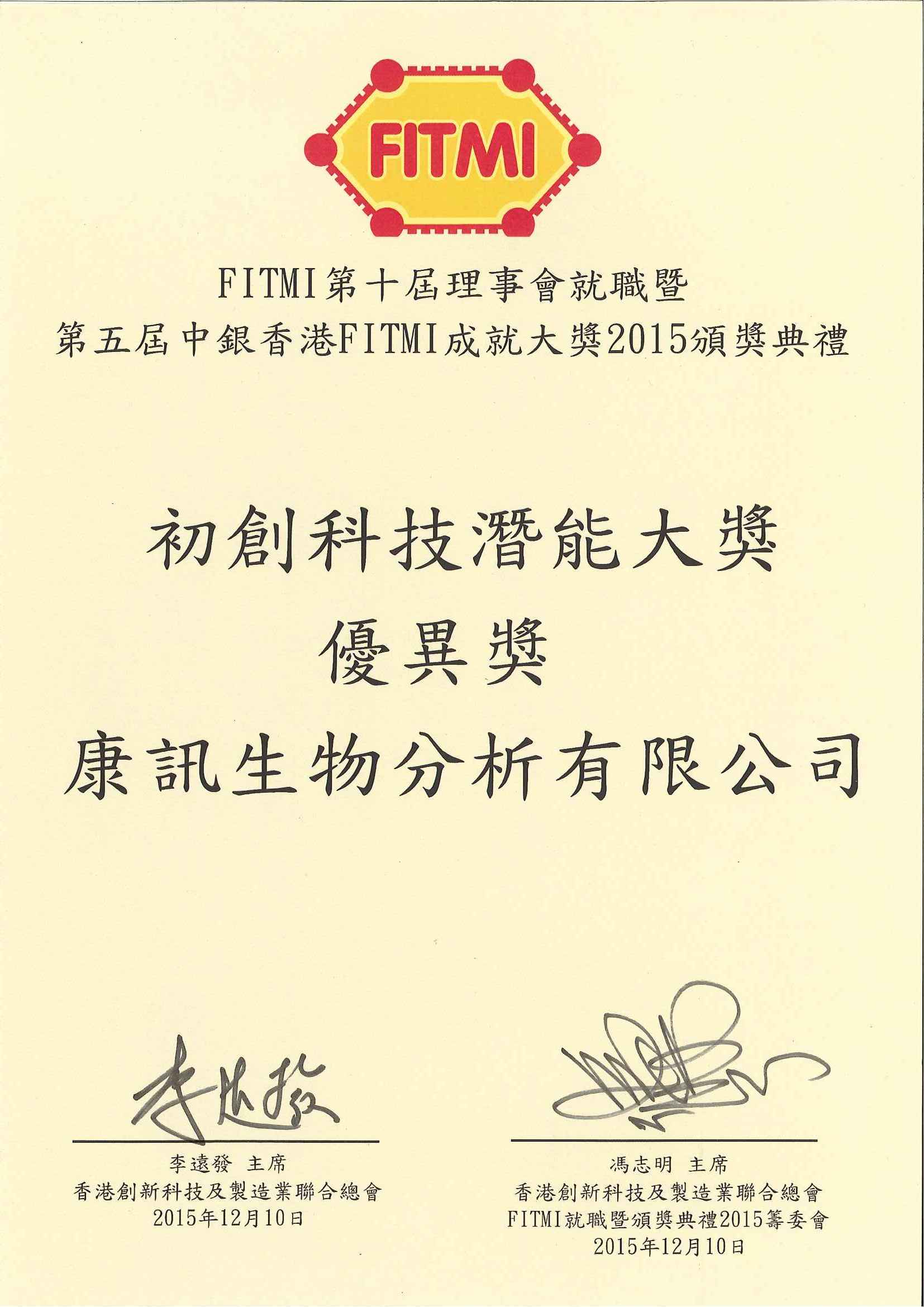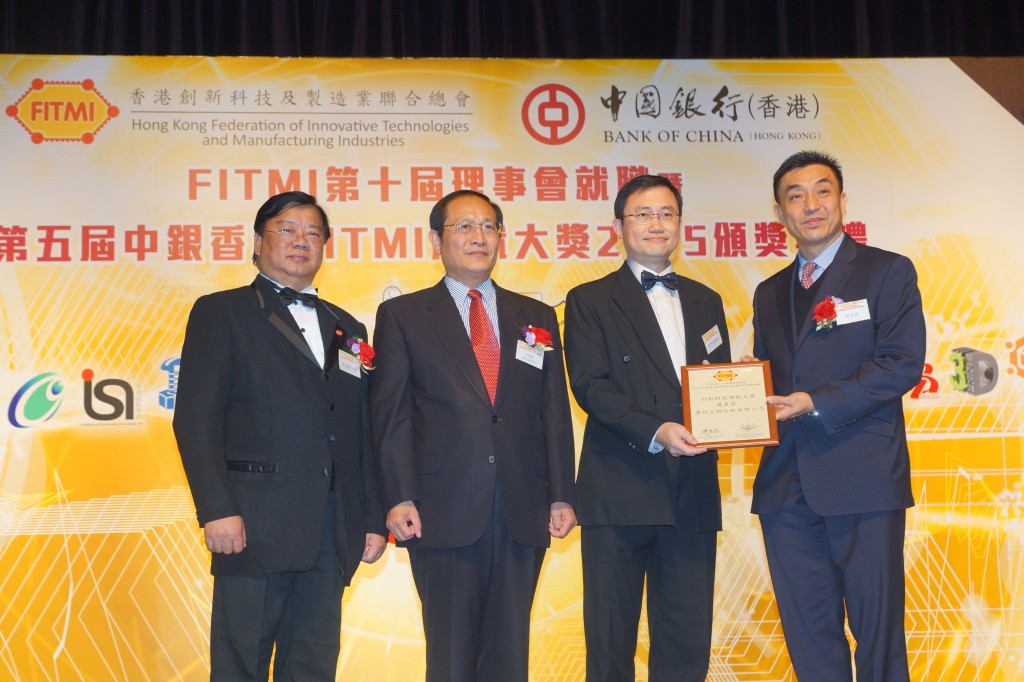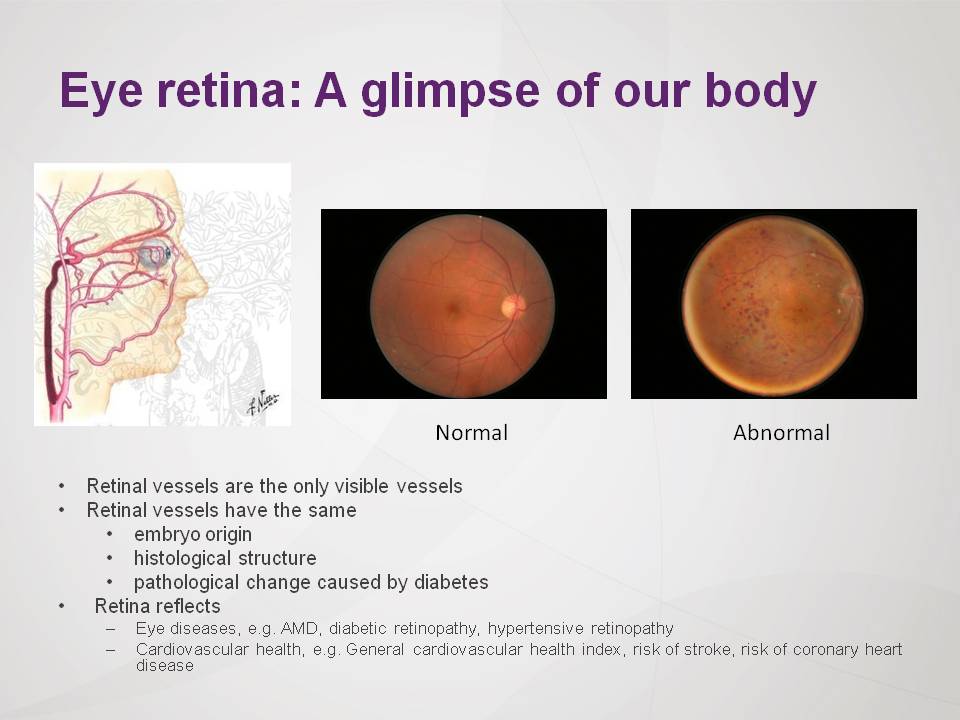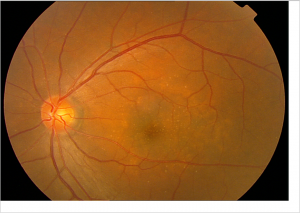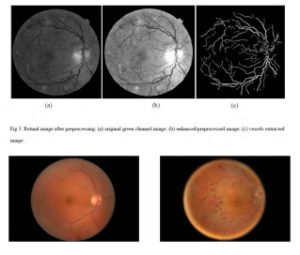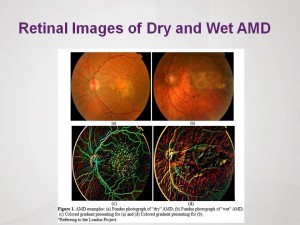Introduction to Automatic Retinal Image Analysis (ARIA)
Selected Peer-reviewed Publications and Awards (Relevant to ARIA technology only)
CUHK Develops Automatic Retinal Image Analysis Technology for Identifying Autism Making Objective Screening and Early Intervention Possible 中大成功研發「全自動視網膜圖像分析」技術計算自閉症風險 可用於自閉症篩查 及早為患者提供治療
The Faculty of Medicine at The Chinese University of Hong Kong (CU Medicine) has successfully developed the Automatic Retinal Image Analysis (ARIA) technology to assess the risk of autism spectrum disorder (Autism). It is done by analysing the captured retinal images to identify if there are any retinal characteristics, such as those related to thinning of the retinal nerve fibre layer of the children’s eyes. The research team hopes that ARIA technology can be used as a risk assessment tool for autism screening and provide early intervention instead of waiting for a lengthy diagnosis, so that a difference can be made through a long-term positive impact on the lives of autistic children. Results of the study can be found in the journal EClinicalMedicine published by The Lancet. (A machine learning approach for retinal images analysis as an objective screening method for children with autism spectrum disorder, EClinicalMedicine 2020, 100588)
Introduction to ARIA-eWMH
ARIA-eWMH was developed to assess the risk of severe age-related white matter hyperintensities (ARWMH) in the brain based on automatic retinal images analysis (ARIA), using cerebral magnetic resonance imaging (MRI) as a gold standard and achieved more than 90% sensitivity and specificity. [1] White matter hyperintensities (WMH) in the brain result from cerebral small vessel disease (SVD). WMH volume is significantly associated with multiple cognitive domains, including memory, conceptualisation, motor abnormalities and visual practical skills. [2, 3] Longitudinal studies have confirmed that worsening white matter lesions contribute to brain atrophy and cognitive decline. [4] WMH may progress, but it may also regress over time, as repeated MRI studies show. [5, 6] WHM was shown to be a core feature of Alzheimer’s disease, and WMH volumes may start to appear approximately 5-6 years before expected symptom onset. [7, 8, 9] Cerebral beta-amyloid protein, which is believed to be one of the plausible explanations of Alzheimer’s disease, is significantly associated with WMH volume (p=0.03) and apolipoprotein E (APOE) ε4 status (p=0.002) in the preclinical stage.[10] Elahi et al. (2021) suggest that APOE ε4 affects human capillary health and that retinal capillary measures could be surrogates for brain capillaries. [11]
ARIA-eWMH利用全自動視網膜圖像分析方法 (ARIA) 並以腦磁共振成像(MRI)作為分析標準,計算腦內是否有嚴重的年齡性白質病變(ARWMH)風險,這技術有超過90%的靈敏度和特異性。[1] 腦內白質病變(WMH)是腦小血管疾病的結果。WMH量與多個認知領域顯著相關,包括記憶,概念化和視覺實踐技能 [2, 3] 。縱向研究證實,白質病變的惡化導致腦萎縮和認知能力下降。[4] 從一些重複MRI研究所示,WMH可能隨著時間增加也有可能減少 [5, 6] 。WHM被證明是阿爾茨海默病的核心特徵,WMH體積可能在預期症狀發作前約5-6年開始出現。腦β-澱粉樣蛋白被認為是阿爾茨海默病的合理解釋之一,與臨床前階段的WMH體積(p = 0.03)和載脂蛋白E(APOE)ε4狀態(p = 0.002)顯著相關。[10] Elahi et al. (2021) 建議APOE ε4 影響人類的毛細血管健康,並且視網膜毛細血管測量可以作為腦毛細血管的替代物。 [11]
The Automatic Retinal Image Analysis (ARIA) technology has been licensed to Health View Bioanalytic Limited
Potential Intervention for Better Cognitive Health
Health View Bioanalytic presented a seminar entitled “A Healthy Lifestyle for Better Brain Health: Estimate Risk of Age-related White Matter Hyperintensities using ARIA-eWMH” at the Hong Kong International Medical and Healthcare Fair 2019, which focused on biomedical technologies that are changing healthcare.
The following are selected references on potential preventive interventions from the WHO Guidelines and other sources:
- Physical Activity
- Association between exercise and the risk of dementia: results from a nationwide longitudinal study in China. BMJ Open. 2017 Dec 4;7(12):e017497. doi: 10.1136/bmjopen-2017-017497
- Nutrition Intervention
- Adherence to a Mediterranean-Style Diet and Effects on Cognition in Adults: A Qualitative Evaluation and Systematic Review of Longitudinal and Prospective Trials. Front. Nutr., 22 July 2016 | https://doi.org/10.3389/fnut.2016.00022
- Adherence to a Mediterranean-type dietary pattern and cognitive decline in a community population. Am J Clin Nutr. 2011 Mar;93(3):601-7. doi: 10.3945/ajcn.110.007369. Epub 2010 Dec 22.
- Mediterranean diet, healthy eating index 2005, and cognitive function in middle-aged and older Puerto Rican adults. J Acad Nutr Diet. 2013 Feb;113(2):276-81.e1-3. doi: 10.1016/j.jand.2012.10.014.
- Mediterranean Diet and Age-Related Cognitive Decline: A Randomised Clinical Trial. JAMA Intern Med. 2015 Jul;175(7):1094-1103. doi: 10.1001/jamainternmed.2015.1668
- Social Activity
- Empty-nest-related psychological distress is associated with the progression of brain white matter lesions and cognitive impairment in the elderly. Sci Rep. 2017 Mar 3;7:43816. doi: 10.1038/srep43816.
- Weight Management
- Weight loss is associated with improvements in cognitive function among overweight and obese people: A systematic review and meta-analysis. Neurosci Biobehav Rev. 2017 Jan;72:87-94. doi: 10.1016/j.neubiorev.2016.11.017. Epub 2016 Nov 24.
- Traditional Chinese Medicine
- Effectiveness of Traditional Chinese Medicine (TCM) treatments on the cognitive functioning of elderly persons with mild cognitive impairment associated with white matter lesions. Shanghai Arch Psychiatry. 2015 Oct;27(5):289-95. doi: 10.11919/j.issn.1002-0829.215109.
- Intellectual Activity
- Association of Daily Intellectual Activities With Lower Risk of Incident Dementia Among Older Chinese Adults, JAMA Psychiatry. 2018;75(7):697-703. doi:10.1001/jamapsychiatry.2018.0657
Clinical Trials Evidence of Significant Benefits from Multidomain Lifestyle Interventions
The two-year FINGER trial (NCT01041989) is the first large, long-term, multicenter RCT showing a significant effect of the multidomain lifestyle intervention against cognitive decline among older adults with an increased risk of dementia [12]. The FINGER trial enrolled 1260 older adults aged 60–77, recruited from previous population-based surveys. Inclusion criteria were as follows: increased risk of dementia based on the CAIDE (Cardiovascular Risk Factors, Aging and Dementia) Dementia Risk Score (≥6 points) [13]; and cognitive performance at the mean level or slightly lower than expected for age. Participants were randomised into the multidomain intervention or control group. Trained professionals delivered the multidomain intervention through individual sessions and group activities, consisting of dietary counselling, exercise, cognitive training, social activities, and monitoring and managing vascular and metabolic risk factors. The control group was offered regular health advice.
The trial’s primary outcome was a change in cognitive performance measured by a neuropsychological test battery (NTB) composite score, and secondary cognitive outcomes included domain-specific NTB scores.
Results
- After two years, the intervention showed significant beneficial effects on the NTB composite score (25% more improvement compared to the control), executive functioning (83% more improvement), processing speed (150% more improvement), and complex memory tasks (40% more improvement).
- Furthermore, the intervention group had a lower risk of cognitive decline.
- Follow-ups at 5 and 7 years have been recently completed to determine long-term effects (data analysis is ongoing). The multidomain intervention was safe and well accepted, with high adherence and a low drop-out rate (12%), supporting the feasibility of lifestyle interventions in older at-risk adults.
- Other benefits included a reduction in body mass index (BMI) [12], improved adherence to dietary guidelines and recommendations [14], and an increase in physical activity [12] and health-related quality of life [15]. The intervention also lowered the risk of multimorbidity and the risk of developing new chronic diseases [16]. APOE ε4 carriers got clear benefits from the intervention [17].
References
- Lau A, Mok V, Lee J, Fan Y, Zeng J, Lam b, Wong A, Kwok C, Lai M, Zee B, “Retinal image analytics detects white matter hyperintensities in healthy adults”, Annals of Clinical and Translational Neurology, Volume 6, Issue 1, January 2019, Pages 98-105
- Inzitari D, Pracucci G, Poggesi A, et al. “Changes in white matter as determinant of global functional decline in older independent outpatients: Three years follow-up of LADIS (leukoaraiosis and disability) study cohort”. BMJ Clinical research 2009; 339: b2477
- Prins ND, Scheltens P, “White matter hyperintensities, cognitive impairment and dementia: an update”, Nat Rev Neurol. 2015 Mar;11(3):157-65
- Schmidt R, Ropele S, Enzinger C, Petrovic K, Smith S, Schmidt H, Matthews PM, Fazekas F: “White matter lesion progression, brain atrophy, and cognitive decline: The Austrian stroke prevention study”. Ann Neurol 2005;58:610-616
- Cho AH, Kim HR, Kim W, Yang DW “White Matter Hyperintensity in Ischemic Stroke Patients: It May Regress Over Time”, Journal of Stroke 2015; 17(1): 60-66.
- Ramirez J, McNeely AA, Berezuk C, Gao F, and Black SE, “Dynamic Progression of White Matter Hyperintensities in Alzheimer’s Disease and Normal Aging: Results from the Sunnybrook Dementia Study”, Frontiers in Aging Neuroscience, March 2016, Volume 8, Article 62.
- Brickman AM “Contemplating Alzheimer’s disease and the contribution of white matter hyperintensities”, Curr Neurol Neurosci Rep (2013) 13:415
- Lee S, Viqar F, Zimmerman ME, Narkhede A, et al.; Dominantly Inherited Alzheimer Network, “White matter hyperintensities are a core feature of Alzheimer’s disease: Evidence from the dominantly inherited Alzheimer network”, Ann Neurol. 2016 Jun;79(6):929-39.
- Araque Caballero MÁ, Suárez-Calvet M, Duering Met al., “White matter diffusion alterations precede symptom onset in autosomal dominant Alzheimer’s disease”, Brain 2018 Oct 1;141(10):3065-3080
- Kandel BM, Avants BB, Gee JC, McMillan CT, Erus G, Doshi J, Davatzikos C, Wolk DA, “White matter hyperintensities are more highly associated with preclinical Alzheimer’s disease than imaging and cognitive markers of neurodegeneration”, Alzheimers Dement (Amst). 2016 Apr 7;4:18-27
- Elahi FM, Ashimatey SB, Bennett DJ, et al. Retinal imaging demonstrates reduced capillary density in clinically unimpaired APOE ε4 gene carriers. Alzheimer’s & Dementia: Diagnosis, Assessment & Disease Monitoring. 2021;13(1):e12181. doi:https://doi.org/10.1002/dad2.12181
- Ngandu T, Lehtisalo J, Solomon A, Levalahti E, Ahtiluoto S, Antikainen R, et al. A 2 year multidomain intervention of diet, exercise, cognitive training, and vascular risk monitoring versus control to prevent cognitive decline in at-risk elderly people (FINGER): a randomised controlled trial. Lancet 2015;385:2255–2263.
- Kivipelto M, Ngandu T, Laatikainen T, Winblad B, Soininen H, Tuomilehto J. Risk score for the prediction of dementia risk in 20 years among middle aged people: a longitudinal, population-based study. Lancet Neurol 2006;5:735–741.
- Lehtisalo J, Ngandu T, Valve P, Antikainen R, Laatikainen T, Strandberg T, et al. Nutrient intake and dietary changes during a 2-year multi-domain lifestyle intervention among older adults: secondary analysis of the Finnish Geriatric Intervention Study to Prevent Cognitive Impairment and Disability (FINGER) randomised controlled trial. Br J Nutr 2017;118:291–302.
- Strandberg T, Levalahti E, Ngandu T, Solomon A, Kivipelto M, Lehtisalo J, et al. Health-related quality of life in a multidomain intervention trial to prevent cognitive decline (FINGER). European Geriatric Medicine 2017;8:164–167.
- Marengoni A, Rizzuto D, Fratiglioni L, Antikainen R, Laatikainen T, Lehtisalo J, et al. The Effect of a 2-Year Intervention Consisting of Diet, Physical Exercise, Cognitive Training, and Monitoring of Vascular Risk on Chronic Morbidity-the FINGER Randomized Controlled Trial. J Am Med Dir Assoc 2018;19:360.e1.
- Solomon A, Turunen H, Ngandu T, Peltonen M, Levalahti E, Helisalmi S, et al. Effect of the Apolipoprotein E Genotype on Cognitive Change During a Multidomain Lifestyle Intervention: A Subgroup Analysis of a Randomized Clinical Trial. JAMA Neurol 2018;75:462–470.
Reports by the Media on ARIA Technology Advancement
- Gold Medal for the project titled: “AI-based Automatic Retinal Image Analysis (ARIA) to Detect Schizophrenia Risk”, The 50th International Exhibition of Inventions Geneva, 9-13 April, 2025
- Thailand Award for the Best International Invention & Innovation given by the National Research Council of Thailand, for the project titled: “AI-based Automatic Retinal Image Analysis (ARIA) to Detect Schizophrenia Risk”, The 50th International Exhibition of Inventions Geneva. 9-13 April, 2025
- Gold Award at the 28th National Invention Exhibition 第28屆全國發明展覽會、”一帶一路” 暨金磚國家技能發展與技術創新大賽金獎 , 12-13 Dec 2024
- Smart Ageing Champion (Technology) of the Smart Ageing Leader Award 2024, granted by the Golden Age Foundation (GAF)
- Winner of the Prudential Tech Showcase in the Insurtech Insights ASIA 2024 held at the Kerry Hotel on 4-5 Dec 2024
- Special Award: Prize of Korean Invention Promotion Association (KIPA) for the project titled: “AI Retinal Image Analysis for the Risk of Autism (ASD) and Global Developmental Delay (GDD) in Preschoolers”, The 49th International Exhibition of Inventions Geneva, 16-20 April 2024
- Gold Medal with Congratulations of the Jury for the project titled: “AI Retinal Image Analysis for the Risk of Autism (ASD) and Global Developmental Delay (GDD) in Preschoolers”, The 49th International Exhibition of Inventions Geneva, 16-20 April 2024
- Gold Medal for the project titled: “AI-based Automatic Retinal Image Analysis (ARIA) for Detecting Depression Risk in Adults”, The 49th International Exhibition of Inventions Geneva, 16-20 April 2024
- 第八界上海杨浦创业之星大赛「创业之星奖」, 22 March 2024
- Silver Award in the International Invention Fair in the Middle East (IIFME), 4-7 Feb 2024
- 「Y-Care企業伙伴計劃暨運動友善計劃」granted by YMCA 2023
- 「Y-Care非凡(社會)成就獎」granted by YMCA 2023
- EXCELLENCE Award – TECH COMPANY OF THE YEAR (A.I. Application), granted by 2023 BUSINESS GOVirtual Tech Awards
- 2022-2024 Social Capital Builder Logo Award,” granted by the Labour and Welfare Bureau, Hong Kong SAR, 2022-2024
- 2021-01-14 CUHK Develops Automatic Retinal Image Analysis Technology for Identifying Autism Making Objective Screening and Early Intervention Possible
- 2020-12-15 Outstanding Social Capital Partnership Award
- 2019-06-20 HSBC Life Hong Kong launches eldercare programme
- 2019-05-14 Hong Kong International Medical Device and Healthcare Fair
- 2019-03-26 Pok Oi Hospital Chinese Medicine Culture and Wellness Centre Opening
- 2018-12-06 大公報 – 眼底驗中風,港技術進軍灣區
- 2018-11-22 to 25 Gerontech and Innovation Expo cum Summit
- 2018-11-21 New World Development launches HUMANSA – employing innovative technologies for wellness
- 2018-11-01 Think GLOBAL, think HONG KONG, Tokyo Japan
- 2018-07-18 TVB 創科導航 – 預測中風風險
- 2018-06-13 MIMS article – Made in Hong Kong Innovative Products Help Advance Management of Neurological Disorder (A report of the HKTDC Entrepreneur Day start-ups)
- 2018-06-12 Hong Kong Smart City Summit cum Award
- 2018-05-17 to 18 HKTDC Entrepreneur Day
- 2018-05-11 to 12 CUHK Entrepreneur Day
- 2018-05-07 to 09 Hong Kong International Medical Devices and Supplies Fair
- 2018-03-22 MakeIT Hong Kong – Innovation Showcase on
- 2018-03-21 康訊生物分析藉中風風險篩查推廣健康教育 – IT Square 星島日報創科圈
- 2018-03-02 生物統計專家 眼底掃描預警危疾
- 2018-01-08 Interview Prof. Zee, Founder of Health View Bioanalytic Limited – Hong Kong Economic Journal
- 2017-12-15 Health View Bioanalytic Limited joined the Bayer-HKSTP Grants4Apps® Accelerato
- 2017-08-20 職業司機中風機率高 , 社福機構贊助「照眼底」檢測
- 2017-04-05 【明報專訊】「眼底相」測認知障礙 申中游研發
- 2017-01-09 【杏林在線】視網膜血管檢測中風風
- 2016-12-01 Health View Bioanalytic Limited won the “Technological Achievement Award”
- 2016-10-27 World Stroke Campaign
- 2016-10-26 St. James Settlement
- Pearl TV News – Automatic Retinal Image Analysis for stroke risk assessment offer for public
- 《說‧在線》新聞網 – 驗眼5分鐘即可評估中風風
- hknet.com – 聖雅各福群會將為基層免費評估腦中風
- 881903.com – 團體設視網膜血管檢查計劃助基層抗腦中風
- HKnet.com – 聖雅各福群會將為基層免費評估腦中風
- 成報 – 聖雅各新視網膜血管檢查 中風風險數秒知結果
- 東方 – 眼底檢查能測中風
- 2016-10-22 – Hong Kong Lutheran Social Services
- 文匯報 – 中大驗眼評中風風險準確度94
- 2016-05-06 – CUHK Entrepreneur Day
- South China Morning Post – Theory into reality: Hong Kong researchers devise five-minute optical test for stroke risk
- TVB – 中大辦活動鼓勵創業,業界指應用研究有困難
- 東方日報 – 中大視網膜圖像分析,邊驗眼邊評估中風風險
- 明報 – 教授研發眼底照相機 偵測中風危機指數
- 明報加東網 – 中大學者研驗眼兼評中風風險
- 香港01 – 中大校友展實力,沈祖堯寄望提升師生創業意識
- 健康創富 – 中大研全自動分析系統驗眼評估中風風險
- 長青網 – 中大學者研驗眼兼評中風
- 2015-09-25 Entrepreneurship Symposium – Innovation Showcase for the Automatic Retinal Image Analyzer (ARIA), Hong Kong Science and Technology Park
- Ming Pao Economic Press – “本地技術分析眼底照片毋須醫生低成本測中風風險易普及”
- Ming Pao Economic Press – “學者課餘創業 冀研究實用化”


